What We Can Learn About Sustainability from Animals
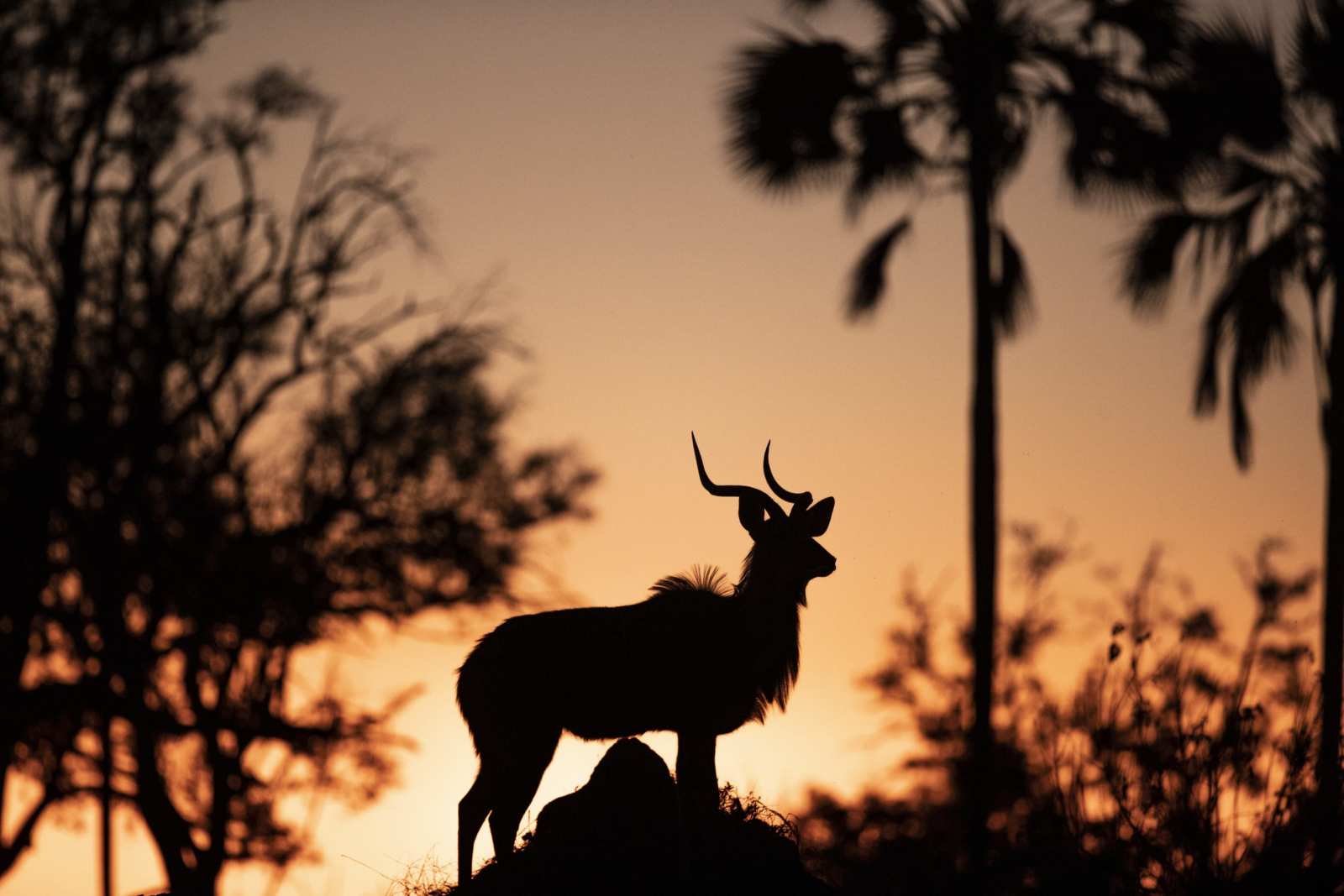
As we sat around chatting into the sunset at the Mombo camp in Okavango Delta in Botswana, our veteran wildlife guide James Kydd told us a sustainability story — of cheetahs making a kill, only to have it stolen by a horde of hungry vultures.
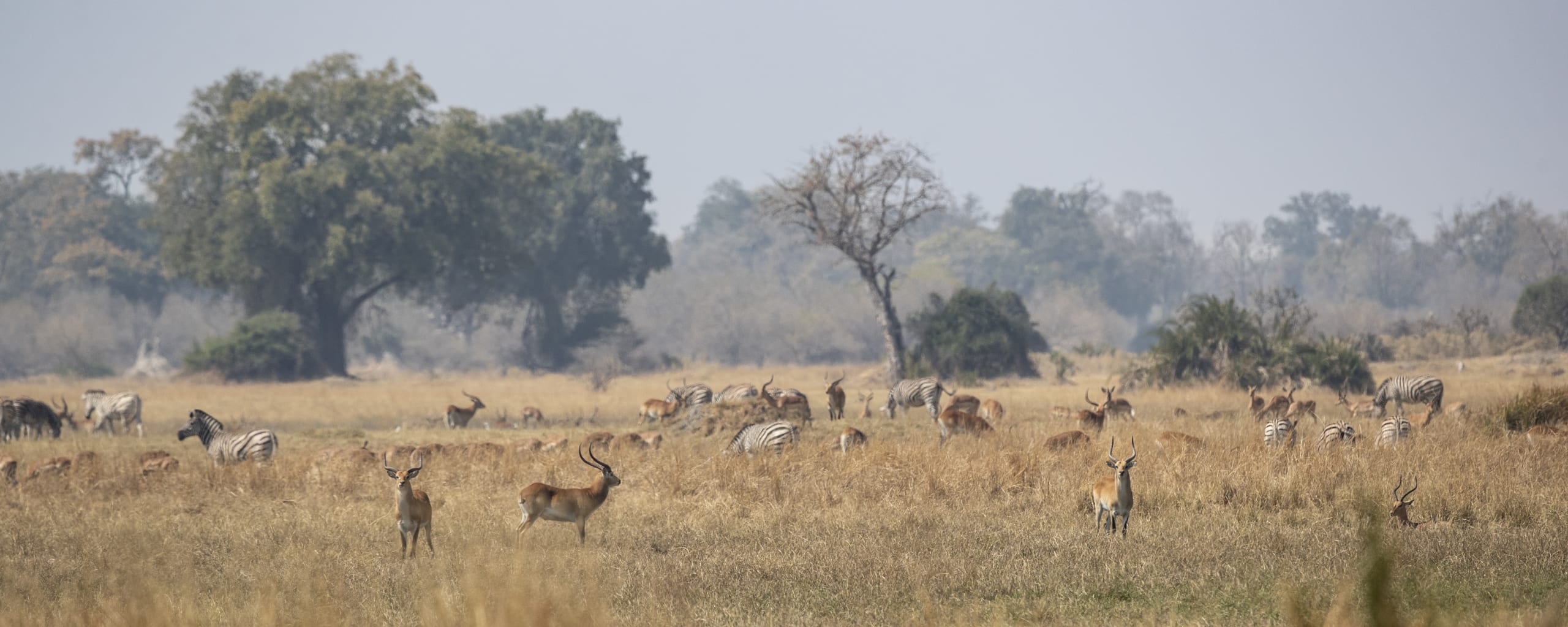
James recalled the gory and yet poetic scene of the vultures tearing apart the stolen kill, as swallows descended into the chaos to pick off downy vulture feathers rising from the ground, which they would take back to line their nest chambers. Vultures are not just opportunistic thieves, but nature’s most effective clean-up crew. They pick clean rotting carcasses, helping keep parasites in check and preventing diseases from spreading. Nothing goes to waste in these thrumming ecosystems, where every insect, bird and mammal has a part to play in keeping the cycle of life in perpetual motion.
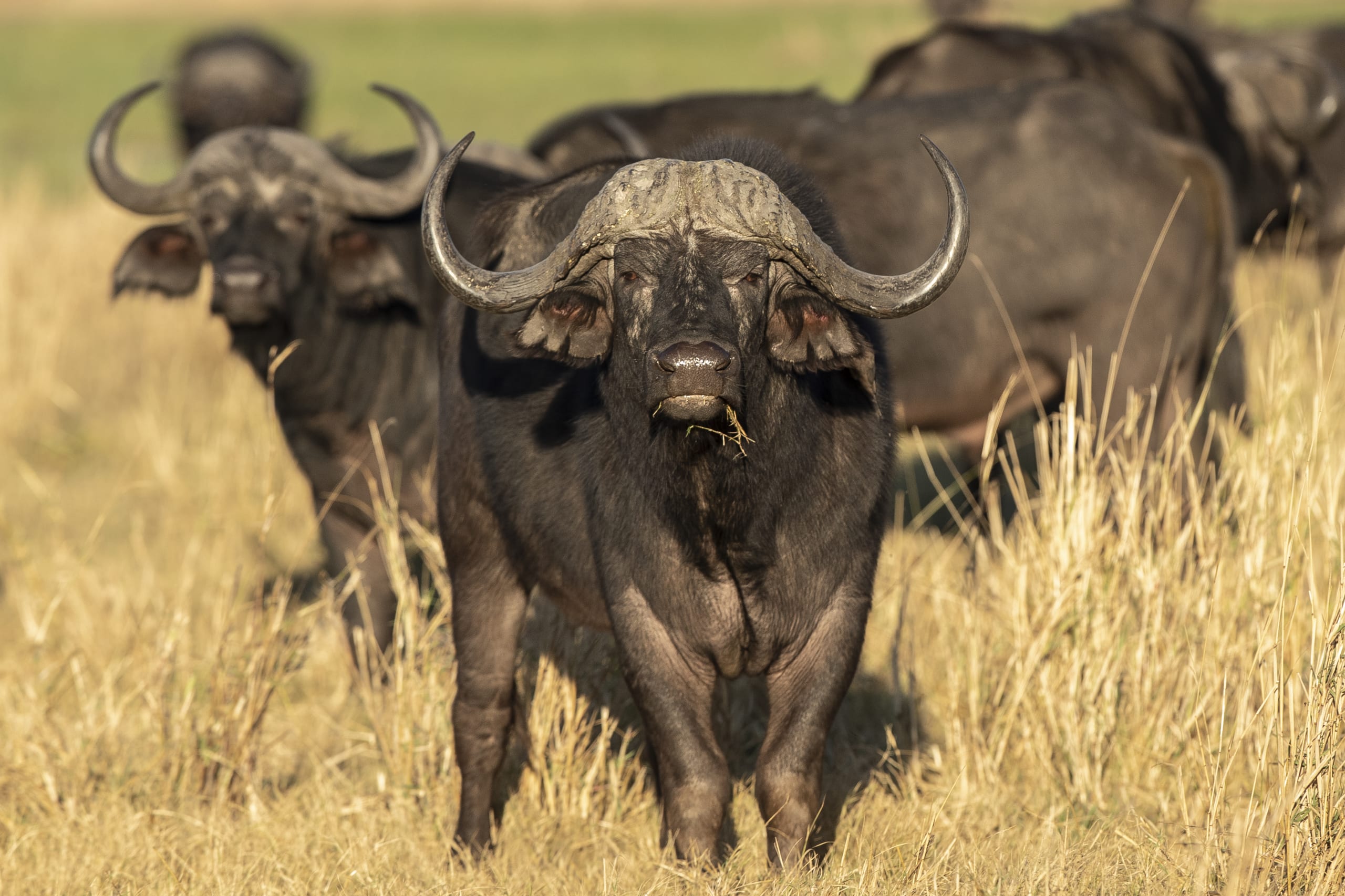
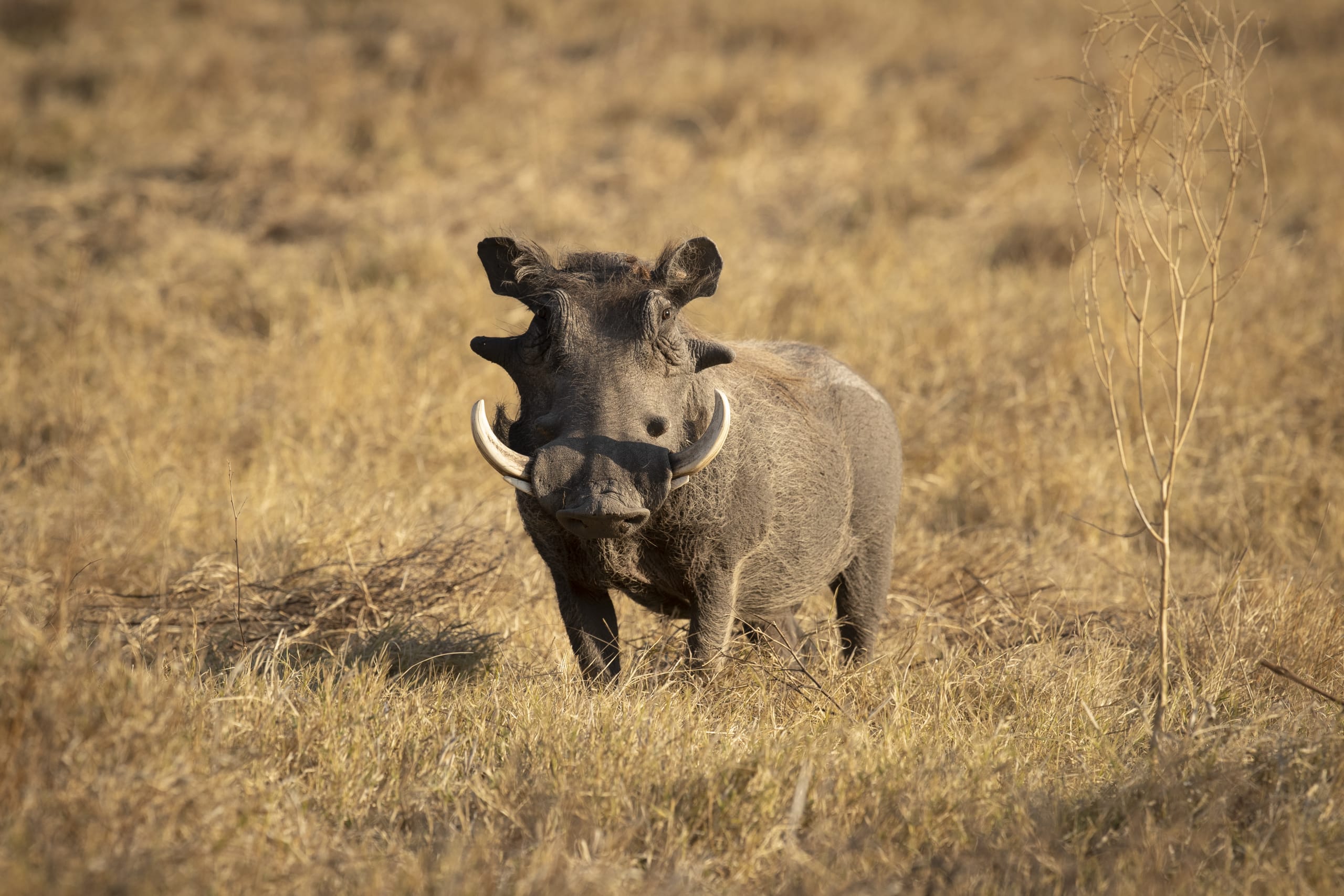
We saw more evidence of this all over Mombo as I reset myself in nature. James told us another fascinating story of how termites power two of Botswana’s key economic engines: tourism and diamonds. The landscape is pockmarked by thousands of termite mounds, many much taller than humans. Inside these mud castles, millions of termites constantly recycle dead organic matter like leaves, dung, and wood into energy vital to the environment. I was surprised to learn that most of the delta’s islands started out as termites’ mounds, and they’re a key tourist attraction.
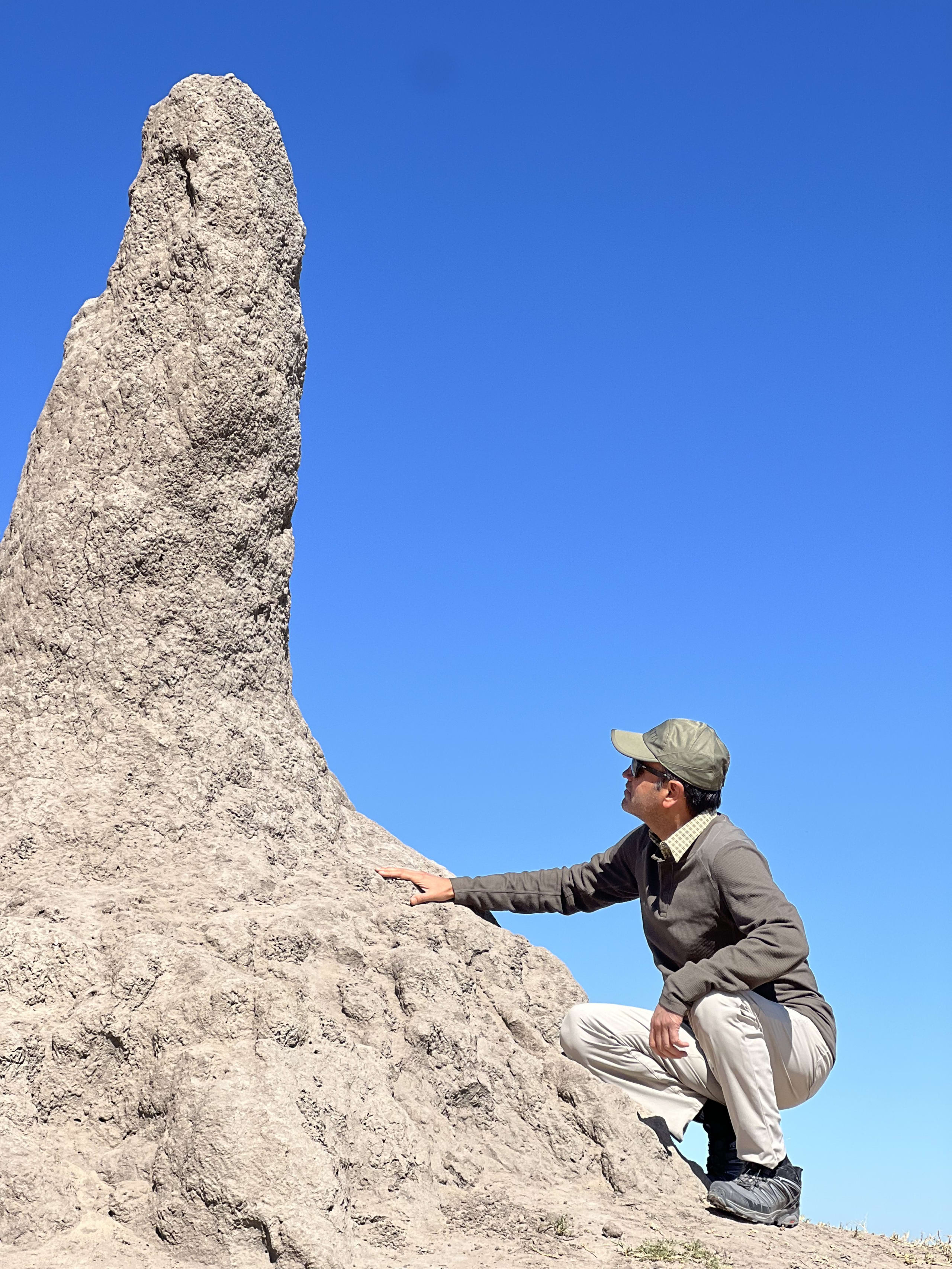
Termites also helped develop Botswana’s other key economic sector of diamonds. By burrowing deep into igneous rock — as deep as 70 meters below the surface — in search of moisture, termites brought trace minerals from Kimberlite pipes up to the Kalahari sand. These were then found by geologists, leading them to one of the richest diamond mines in the world.
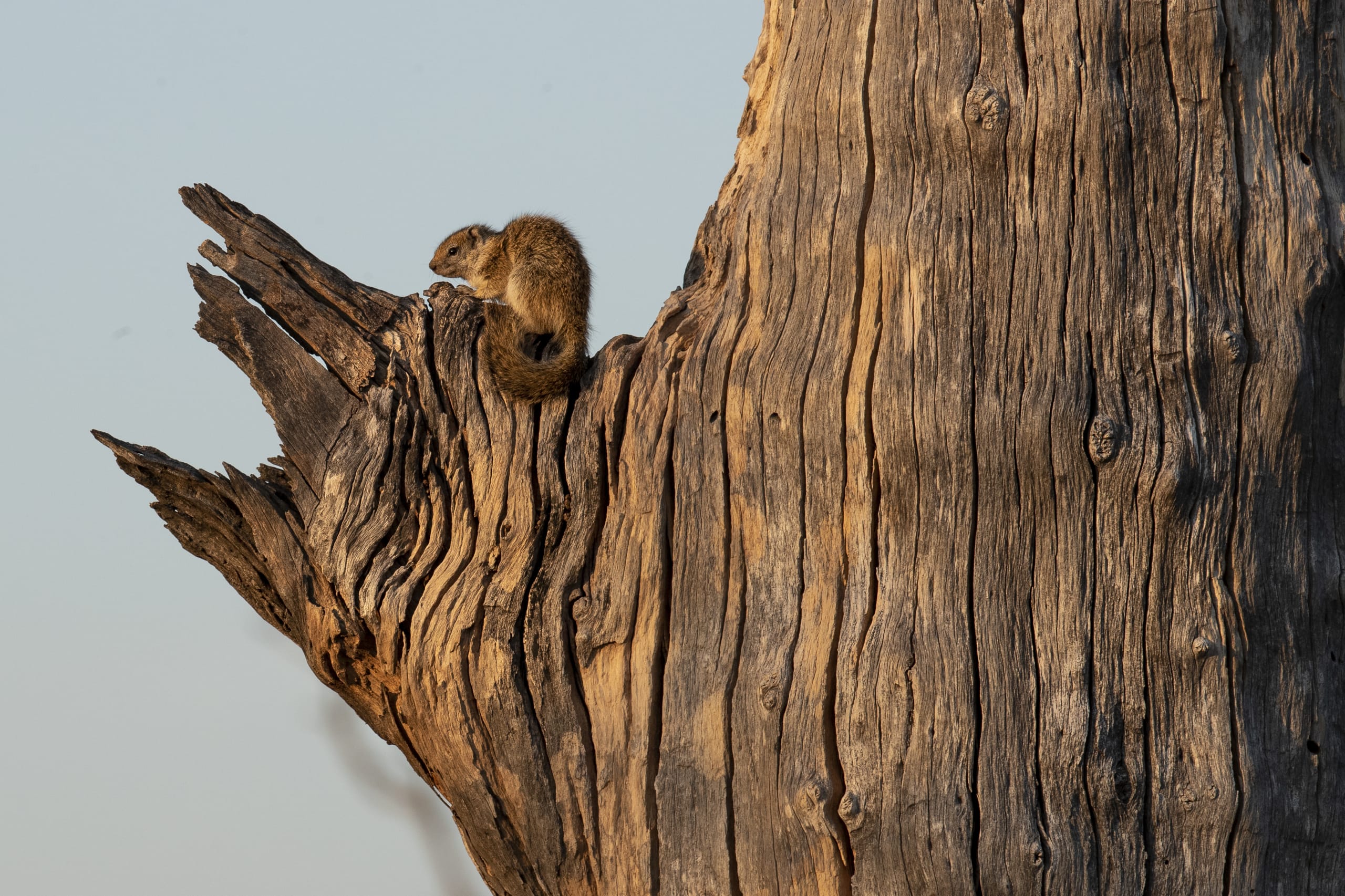
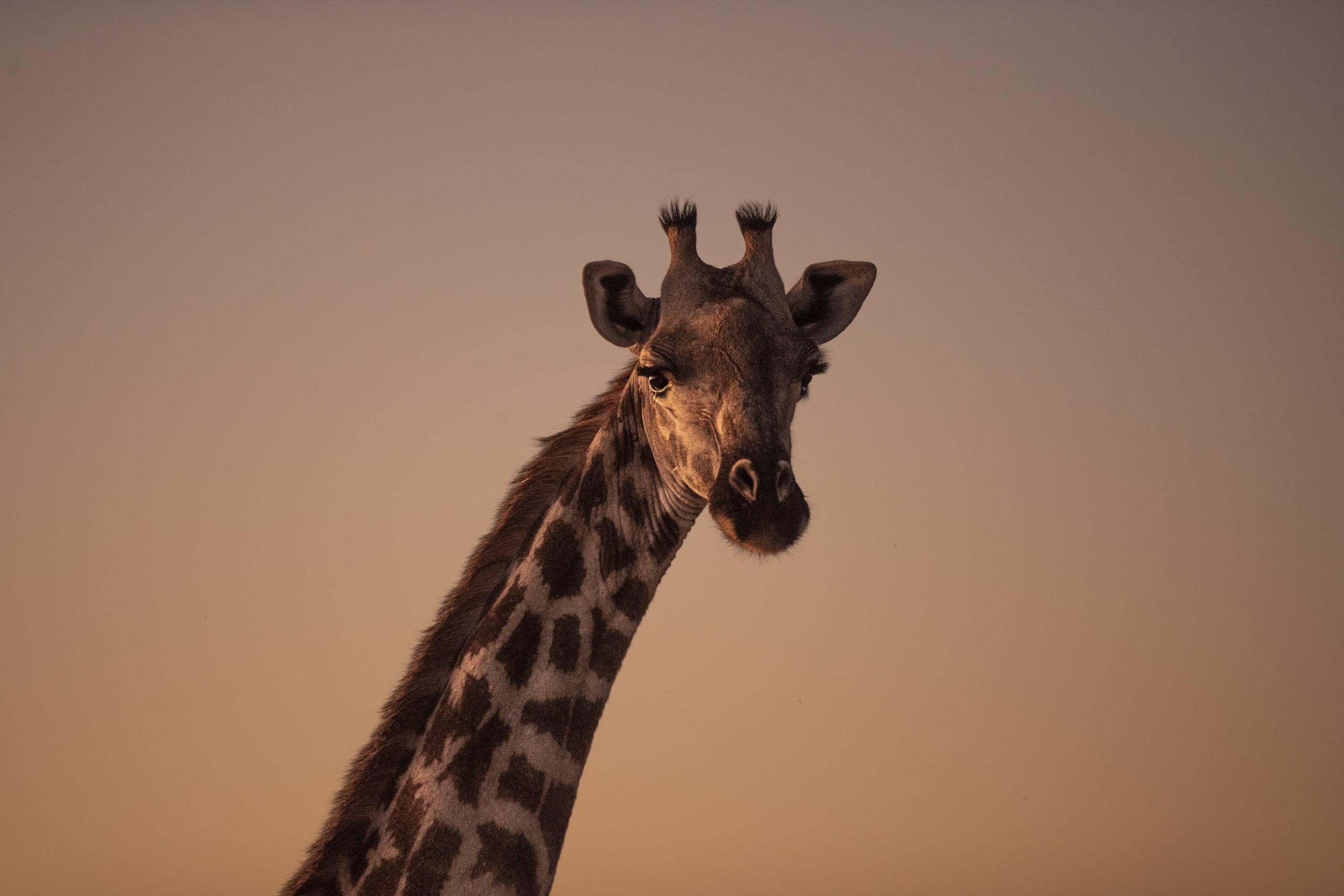
We humans can learn a thing or two from this: waste nothing, use and buy only what we need, and constantly ask ourselves “Who am I”. Introspect about what we contribute to this world and the impact our choices may have not just in our immediate environment but outside of it too.


